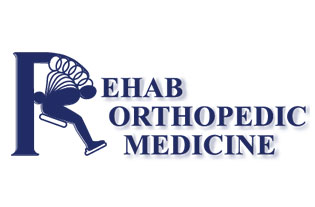The Medical View of Crepitus: Creaking, Cracking and Popping Joints
Knees, knuckles, ankles and even your lungs can make alarming crackles as we move through the day. It comes from Nitrogen bubbles in the synovial fluid that get trapped then released during particular movements. Most of the time, it’s nothing to worry about. Crepitus is harmless when not caused by an injury, medical condition or disease. But, there are times when the noise is signaling a bigger problem. Let’s look at the difference:
When It's Painless…
The painless noise in your joints or ligaments is both common and quite normal. The synovial fluid lubricates and protects the joints. Over time, gases can build up in these areas which are released when the joint is being used. Thus, the pops and cracks. A chiropractor can manually induce these pops. So, getting your back “cracked” is more like getting your joint fluid popped. The noises will probably increase with age, but are generally not a cause for concern in the absence of pain.
When It's Painful…
Arthritis: The Normal Aging Process
On the other hand, the noise you hear could also be the result of arthritic damage to the cartilage and bone. Various types of arthritis cause swelling which changes the way the joints move. Osteoarthritis (OA) is known as the war-and-tear type that typically affects people as they age. The resulting breakdown of the cartilage causes swelling and pain. At first, it may be simple Crepitus, but if the joint cushioning is destroyed, the sound will be the painful grinding of bone against bone.
Meniscus Tears
The meniscus is a thin layer of cartilage that sits between the weight-bearing joints of the femur and the tibia. If that cushion is torn, the shredded or detached edges can get caught during movement. This causes swelling, pain, and popping or clicking noises.
Patellofemoral Pain Syndrome
A dull ache behind the patella (kneecap) can indicate that there is an underlying injury or that it has been overused. With movement, there is usually a crunching or grating sound which accompanies the pain.
Respiratory Disease
The term “crepitus” may be used to describe sounds originating in the lungs. They are also called “crackles” or “rales” and can indicate respiratory disease. The sounds may or may not be audible without a stethoscope.
How to Silence Your Joints
The way you treat Crepitus really depends on its underlying issue. In many cases, treating the inflammation can help tremendously. That may include medicinal support or cold therapy.
If you are experiencing noisy joints, please contact us or your doctor for an evaluation. It important to understand the root cause, so that normal noisiness can be distinguished from an acute or chronic condition which requires medical attention.
One of the most effective forms of treatment involves strengthening the muscles that support the joint. This takes pressure off the joints and assures proper "tracking".

